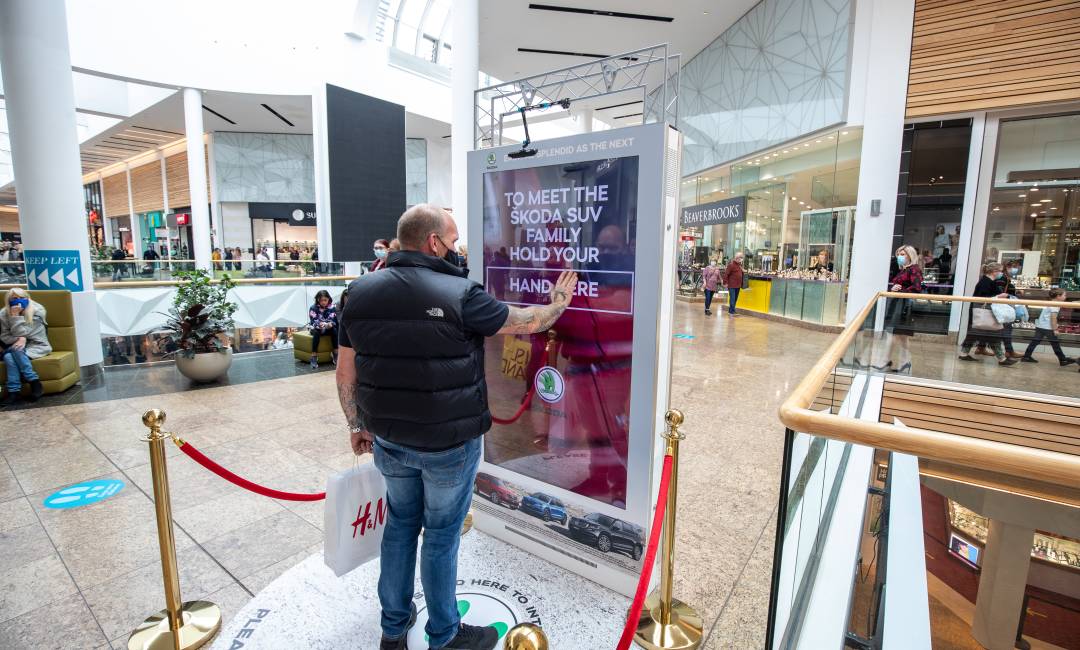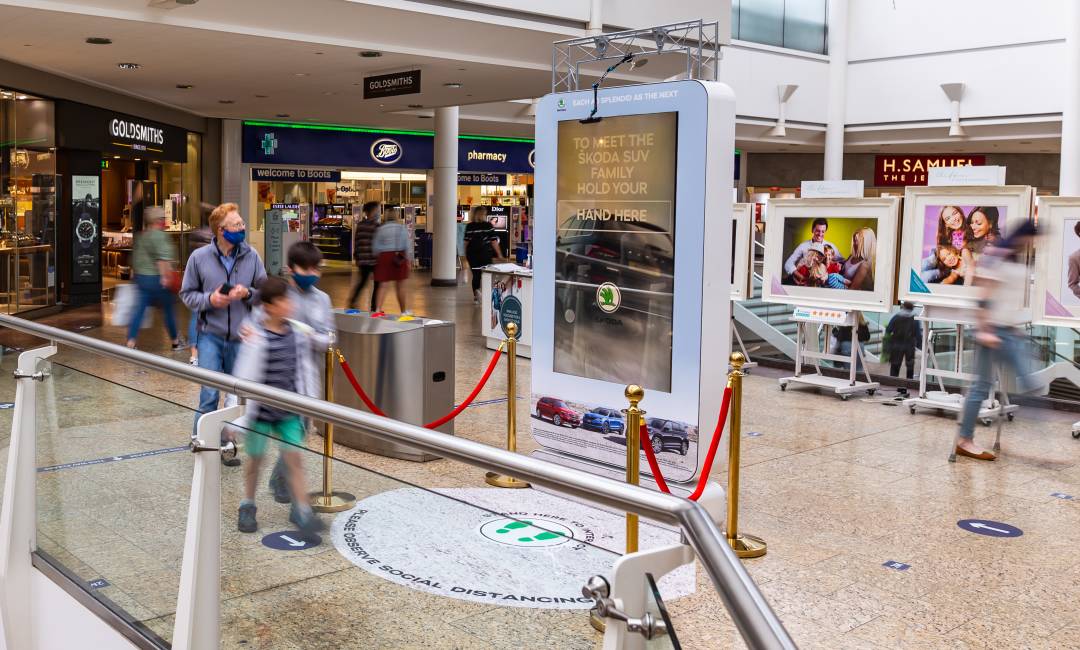Don't Touch! The Changing Face of Interaction in OOH
10 Sep 2020 / Opinions.jpg)
It’s clear Covid-19 has had an unprecedented impact - disrupting our lives, the ways we work, live, and interact. As the world gets back to a new normal, we’re witnessing accelerated change in how audiences engage with brands whilst Out of Home (OOH), and Clear Channel is ready to help brands navigate these potential opportunities.
OOH is a proven and brilliant broadcast channel, giving brands presence and priming audiences for purchase. But there is now an opportunity for brands to start exploring direct connections to consumers by the effective linking of poster and mobile phone.
QR codes have been around for ages but have never gone mainstream; they’ve been considered somewhat of a marketing curiosity. But now they’re back, and back in a big way.
Walk past any pub or restaurant and you’ll see them emblazoned on posters, prompting guests to access online track & trace forms. Walk inside those venues and you’ll find more; stickers on tables providing links to menus, or links to apps that allow you to order and pay.
Expect to see much more of these in the future. QR codes are currently being used in New Zealand to register visitors to businesses, and in China, citizens must apply for their own personalised QR code that they have to scan when entering public buildings, shops and offices - your personal QR code changes colour based on possible contacts with infected people.
Historically there’s been tech and usability issues with QR codes, and the value exchange has never quite stacked-up, but now we’re seeing a tipping point in their usage. So how should brands be using them in OOH?
Placement. Think about the environment your ad is running in. QR codes will work best where there’s high-dwell time for audiences to interact with your poster – bus shelters, malls and pubs are great placements. Don’t add them to roadside billboards where they could distract drivers.
Proposition. What’s in it for the audience? You need to be clear and concise in communicating a benefit or incentive on your poster and make the mobile experience snappy and easy to use.
Personalisation. Use multiple QR codes is your approach; each code can be made smart to customise the mobile experience based on the poster’s location or call-to-action.
Another area we’re seeing change, is in Digital Out of Home (DOOH) touchscreen applications.
According to a study by Capgemini, 66% of consumers would prefer to use mobile apps in order to avoid touchscreens. Hand tracking and haptics firm Ultraleap have also reported that 81% of UK consumers think that public touchscreens are unhygienic.
This sounds like bad news for the thousands of businesses that have invested in touch-screen technology in recent years. From self-service checkouts, fast-food menus, and kiosks found at stations and airports, the touchscreen has become a cornerstone of customer operations.
We’ve also invested in this technology, offering touchscreen applications in some Adshel Live locations in London, and via our network of Malls Live Interactive screens, which enable advertisers to create rich interactive experiences for audiences. So, has coronavirus signalled the end of the touchscreen?
In short, no. There will be a pause on these applications, sure, but as enhanced cleaning is introduced and new anti-bac screen filters are applied, confidence will return. Until that moment we continue to explore new ways of interaction, especially ways in which brands can continue to provide engaging and unique experiences on DOOH.
Gesture control. We’ve recently collaborated with OMGDOOH and Ultraleap to create a touchless navigation experience for Skoda. You can read the case study here.
Voice control. Our colleagues in Spain developed a voice-based ordering system for McDonald’s, enabling orders to be placed on the street whilst restaurants were in lock-down.
Mobile control. We can offer linked-screen experiences by turning the mobile phone into a remote control.
In summary, there are many pros and cons of each of these technologies, and consumers may feel more self-aware and uncomfortable in using them at first, but as we continue to innovate and learn in this space, we’re ready to help brands navigate the future of media.
Jonathan Acton, Head of Creative Delivery
SHARE POST
PRESS ENQUIRIES





